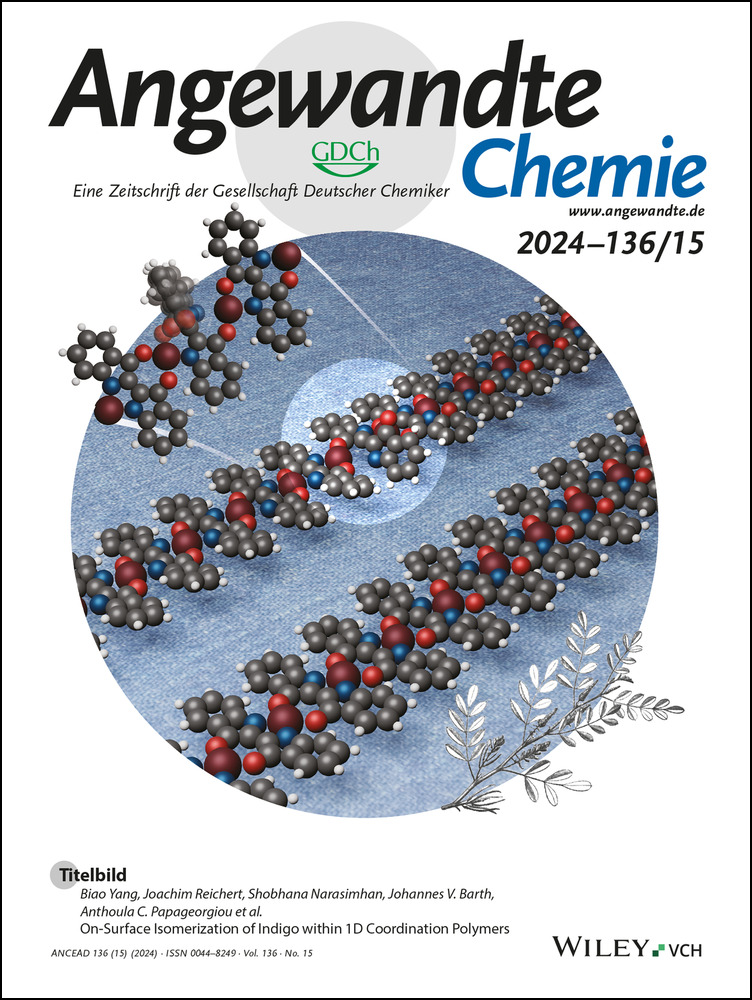Energy-Efficient Electrosynthesis of High Value-Added Active Chlorine Coupled with H2 Generation from Direct Seawater Electrolysis through Decoupling Electrolytes
Abstract
Direct saline (seawater) electrolysis is a well-recognized system to generate active chlorine species for the chloride-mediated electrosynthesis, environmental remediation and sterilization over the past few decades. However, the large energy consumption originated from the high cell voltage of traditional direct saline electrolysis system, greatly restricts its practical application. Here, we report an acid-saline hybrid electrolysis system for energy-saving co-electrosynthesis of active chlorine and H2. We demonstrate that this system just requires a low cell voltage of 1.59 V to attain 10 mA cm−2 with a large energy consumption decrease of 27.7 % compared to direct saline electrolysis system (2.20 V). We further demonstrate that such acid-saline hybrid electrolysis system could be extended to realize energy-saving and sustainable seawater electrolysis. The acidified seawater in this system can absolutely avoid the formation of Ca/Mg-based sediments that always form in the seawater electrolysis system. We also prove that this system in the half-flow mode can realize real-time preparation of active chlorine used for sterilization and pea sprout production.
Conflict of interests
The authors declare no conflict of interest.
Open Research
Data Availability Statement
The data that support the findings of this study are available from the corresponding author upon reasonable request.




